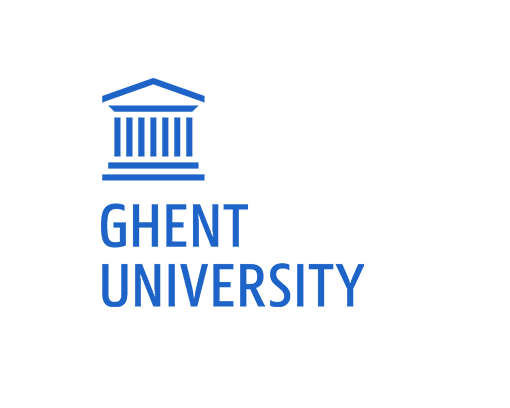Gum arabic collection in northern Kenya: unexploited resources, underdeveloped markets
- Wytse Vellema (Department of Agricultural Economics, Ghent University, Belgium)
- Gaudiose Mujawamariya (Africa Rice, Dar-es-Salaam, Tanzania)
- Marijke D'Haese (Department of Agricultural Economics, Ghent University, Belgium)
Abstract
Gum arabic is a resin collected from several types of Acacia tree growing most densely in arid and semi-arid lands in East Africa and the Sahel. Kenya is particularly well endowed with gum-yielding trees but exports only small amounts of gum.
Methodology: A combination of descriptive livelihood and value chain analysis was used to gain insight into the socio-economic characteristics of collectors and the role of gum arabic in their livelihood.
Results: The degree of poverty encountered is considerable with most collectors barely able to maintain a subsistence level. Marketed quantities of gum arabic are low, collection practices are rudimentary, and the market is severely underdeveloped.
Conclusion: Thin markets, evidenced by a lack of specialised traders and the infrequency of their visits, removes incentives for increasing the quantity and quality of marketed gum arabic. Only when this situation changes will collectors be motivated to improve their current collecting and marketing practices, for which there is ample scope.
Key words: gum arabic, Kenya, poverty, market development, non-timber forest products
How to Cite:
Vellema, W. & Mujawamariya, G. & D'Haese, M., (2014) “Gum arabic collection in northern Kenya: unexploited resources, underdeveloped markets”, Afrika Focus 27(1). doi: https://doi.org/10.21825/af.v27i1.4895
Downloads:
Download PDF
View
PDF
